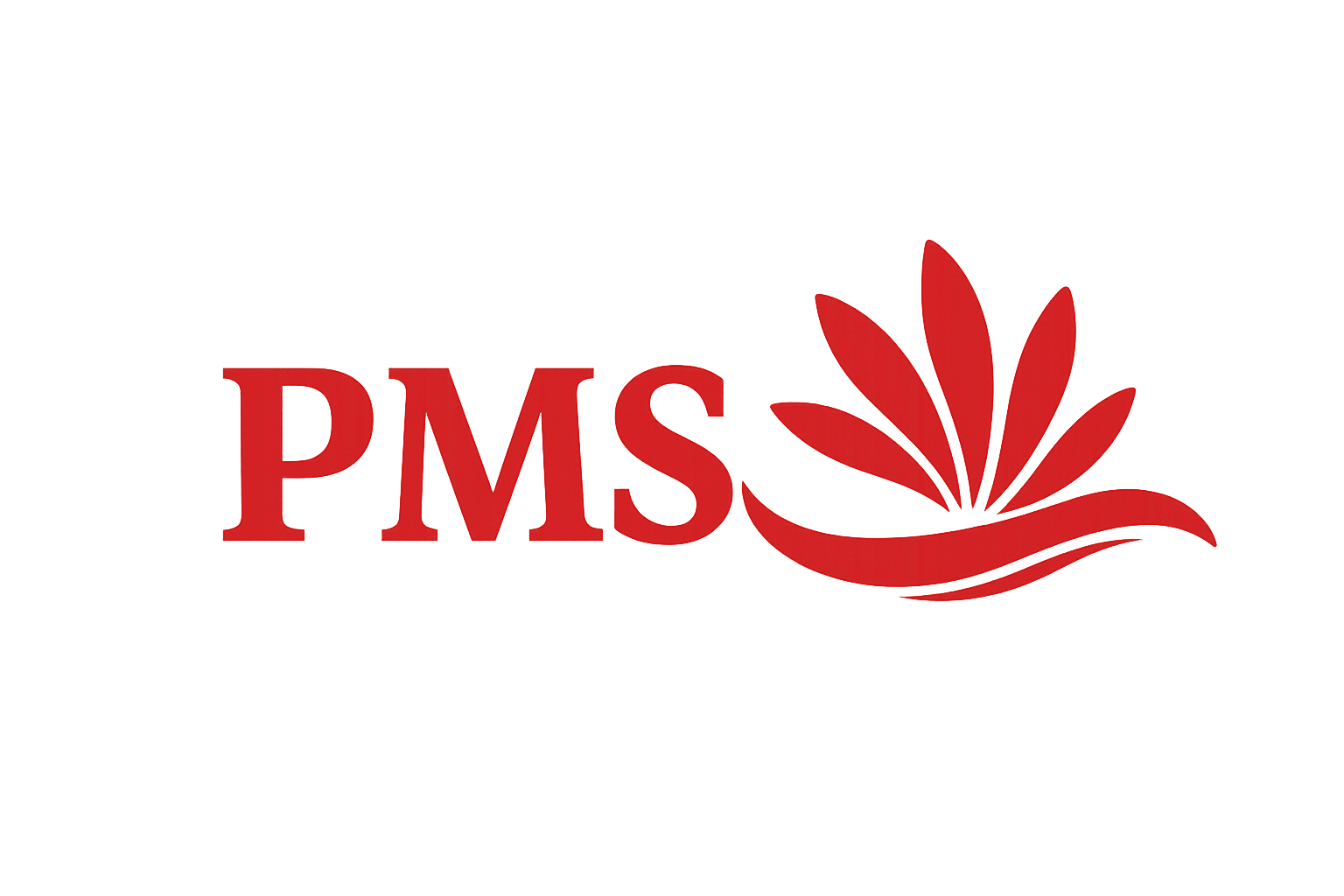Attention-Deficit/Hyperactivity Disorder (ADHD) affects millions worldwide, impacting daily life and long-term outcomes for individuals of all ages. Its recognition under the ICD 10 classification system has revolutionized how ADHD is diagnosed, managed, and treated globally. This article breaks down ADHD, its classification under ICD 10, and why this system is essential for accurate treatment and understanding.
What is ADHD?
ADHD, or Attention-Deficit/Hyperactivity Disorder, is a neurodevelopmental condition that is often identified during childhood but can persist into adulthood. It significantly affects a person’s ability to focus, manage impulses, and regulate energy levels. Left untreated, it can lead to challenges in school, work, and social environments.
Symptoms and Signs of ADHD
ADHD symptoms are categorized into three primary types:
- Inattention: Difficulty sustaining attention, careless mistakes, losing items frequently, and poor organizational skills.
- Hyperactivity: Excessively fidgeting, an inability to stay seated, or non-stop talking.
- Impulsiveness: Interrupting others, difficulty waiting for turns, and making hasty decisions.
These symptoms vary in severity and may present differently in children and adults. ADHD is often misunderstood as merely “restlessness,” but its impact runs much deeper.
Prevalence and Diagnosis
ADHD is a common condition. Studies suggest that about 5% of children worldwide exhibit ADHD symptoms, with many continuing to experience these challenges into adulthood. Diagnosing ADHD involves a medical history review, behavioral questionnaires, and assessments to rule out other conditions. It’s crucial to seek a professional’s guidance for an accurate diagnosis and individualized care plan.
Introduction to ICD 10 and Its Relevance
The International Classification of Diseases (ICD) is a globally recognized diagnostic tool developed by the World Health Organization (WHO). Its 10th revision, known as ICD 10, organizes medical conditions into codes for easier diagnosis, treatment, and research across borders.
The Structure of ICD 10
ICD 10 codes are formatted as alphanumeric characters, grouping diseases by chapters and subsections. They ensure universal language among healthcare systems, making it easier to communicate patient information and health statistics worldwide.
ADHD in ICD 10
Under ICD 10, ADHD is listed under the code F90. This category includes several subtypes of ADHD, depending on the predominant symptoms, such as inattentive or hyperactive-impulsive behaviors. Accurate coding ensures consistent diagnosis criteria, leading to better outcomes for patients.
To learn more about medically relevant classifications and resources, refer to existing content on medical treatments for related disorders here.
Why ICD 10 Coding Matters for ADHD
You might wonder: why is precise coding so important? Proper ICD 10 coding for ADHD extends far beyond diagnosis — it influences treatment plans, insurance claims, and global research.
Facilitating Effective Treatment Plans
By identifying ADHD with accurate ICD 10 codes, healthcare providers can create more targeted and individualized treatment plans. Whether it’s behavioral therapy, medication, or lifestyle changes, correct classification ensures a comprehensive approach to managing ADHD.
Enhancing Insurance Claims and Billing
Insurance companies rely on ICD 10 coding for billing verification. Proper documentation of ADHD under F90 ensures that treatment costs are appropriately reimbursed, minimizing financial stress for patients and their families.
Advancing Research and Awareness
ICD 10 coding plays a crucial role in tracking ADHD prevalence and outcomes worldwide. The standardized data it provides fuels extensive research, helping raise awareness and refine future healthcare policies related to ADHD.
How to Navigate ADHD Treatment with ICD 10
Understanding the ICD 10 classification for ADHD can empower you to navigate diagnosis and treatment more effectively. Whether you’re a patient or caregiver, knowledge is your best tool.
Collaborate with Healthcare Providers
Discuss your ADHD diagnosis and treatment options with your healthcare provider. Make sure you understand your ICD 10 coding and what it entails. These conversations can clarify potential treatments specific to your condition.
Stay Informed on ADHD Management
Consider joining ADHD support groups or accessing credible online resources. Many platforms provide valuable strategies for managing symptoms and understanding ICD 10 documentation. Learning from shared experiences is as crucial as professional guidance.
Conclusion
ADHD is a complex condition, but its classification under ICD 10 has introduced clarity and consistency in its diagnosis and management. Whether it’s supporting research or streamlining treatment plans, ICD 10 coding serves as a foundation for improving patient outcomes. By educating yourself about ADHD and its ICD 10 classification, you’re better equipped to advocate for effective care and treatment. Reach out to healthcare professionals or explore trustworthy resources to stay informed and proactive.


Recent Comments